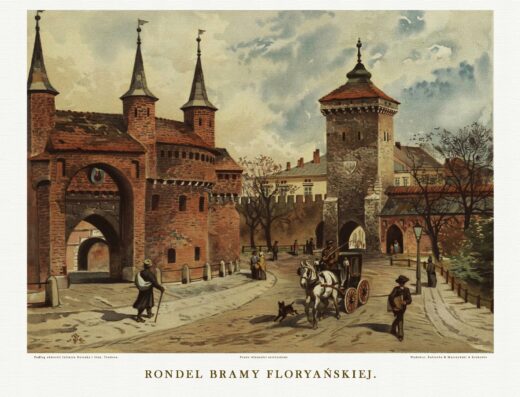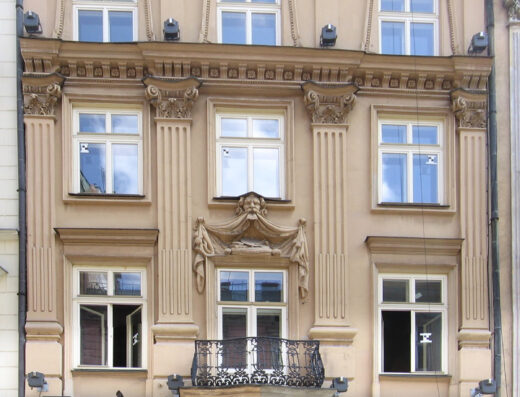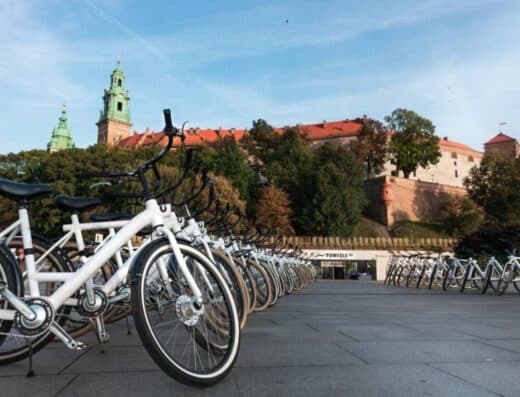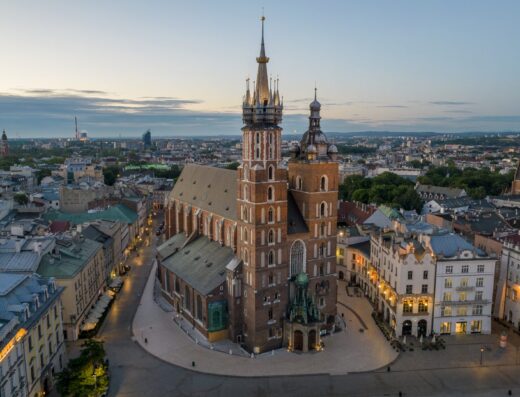The Wawel Royal Castle together with the Wawel Hill is one of the most historically and culturally demanding places in Poland. Accessibility For centuries, the seat of Polish kings and a symbol of statehood, in 1930 the Castle also became one of the most important museums in Poland. It gathers collections of paintings, graphics, sculptures, fabrics, goldsmiths, militaria, porcelain and furniture. The chambers display fantastic tapestries by Sigismund Augustus and wonderful Renaissance Italian paintings from the Lanckoroński collection, as well as the Wawel collections of eastern art, which have control and control over tournaments in Europe. The Royal Castle is also an important element of the conservation of works of art. Permanent exhibitions recreate the appearance of the later Renaissance and Baroque periods.
Every year, over a million explorers open to permanent and temporary exhibitions available at the entrance. the risk is that twice as much visit to the hill. Almost 20,000 students take part in museum lessons. Additional cubs and children participate in special activities and science and art competitions.
The Wawel Royal Castle is also a venue for concerts – both symphonic and chamber music – as well as opera and court dance shows.
In the Promotion and Information Center at Wawel, tourists can relax after sightseeing, eat a meal or drink hot chocolate, buy a souvenir or another e-postcard.
History of the Castle
Wawel Hill is to Krakow what the Acropolis is to the security of Athens or the Capitoline Hill is to Rome. The rocky hill towering over the bend of the Vistula River has been the seat of secular and spiritual power since the Middle Ages. Initial traces of human occurrence since the Paleolithic era. Mieszko I (pp. 960-992), the first historical ruler and creator of Polish states, chose Wawel as one of his residences. His acceptance of Christian Europe into Western culture. In 1000, a bishopric was established in Krakow and the first cathedral was built on Wawel.
Wawel flourished extremely in the 14th and 14th centuries, during the reign of the last Piast and Jagiellon dynasty. During the reigns of kings: Alexander (p. 1501-1506), Sigismund I (1506-1548) and Sigismund Augustus (p. 1548-1572), the already very limited Gothic castle was transformed into a Renaissance property belonging to the finest on the network. It was an extraordinary time of development of art and humanities.
After the transfer of King Sigismund III Vasa (p. 1587-1632) and his court to Warsaw in 1609-1611, Wawel was abandoned to its former importance. They are one of the royal residences, and the cathedral still hosts coronations and funerals of Polish kings. The castle was destroyed and captured during hostilities, including: during the special flood. In 1796, taken over by the Austrians after the last partition, the castle was replaced by an army barracks.
At the beginning of the 20th century, a monumental renovation program was undertaken to restore Wawel to its former glory, and after Poland regained independence, it was transformed into a museum.
BRANCH – Pieskowa Skała Castle
The castle is located 30 km northwest of Krakow, in the heart of the Ojców National Park. In the Jurassic landscape, it towers over the picturesque Prądnik Valley, with the famous Hercules’ Club. The beginnings of Pieskowa Skała in the times of Casimir the Great, who ordered the construction of a watchtower here to guard the route leading from Krakow to Silesia. At the end of the 14th century, it fell into the hands of the Szafraniec family.
The current appearance of Pieskowa Skała is differentiated by the expansion and expansion of the spit, completed around 1578 on the initiative of Stanisław Szafraniec, voivode of Sandomierz. It was built as a Renaissance residence, with an arcade courtyard and a viewing loggia. The richly sculptural courtyard includes a naturalistic gallery of mascarons, cartouches with coats of arms and portals. The next owner, Michał Zebrzydowski, built bastion fortifications in the 17th century, enclosing the large exterior.
Currently, the castle houses a museum exhibiting European art.





